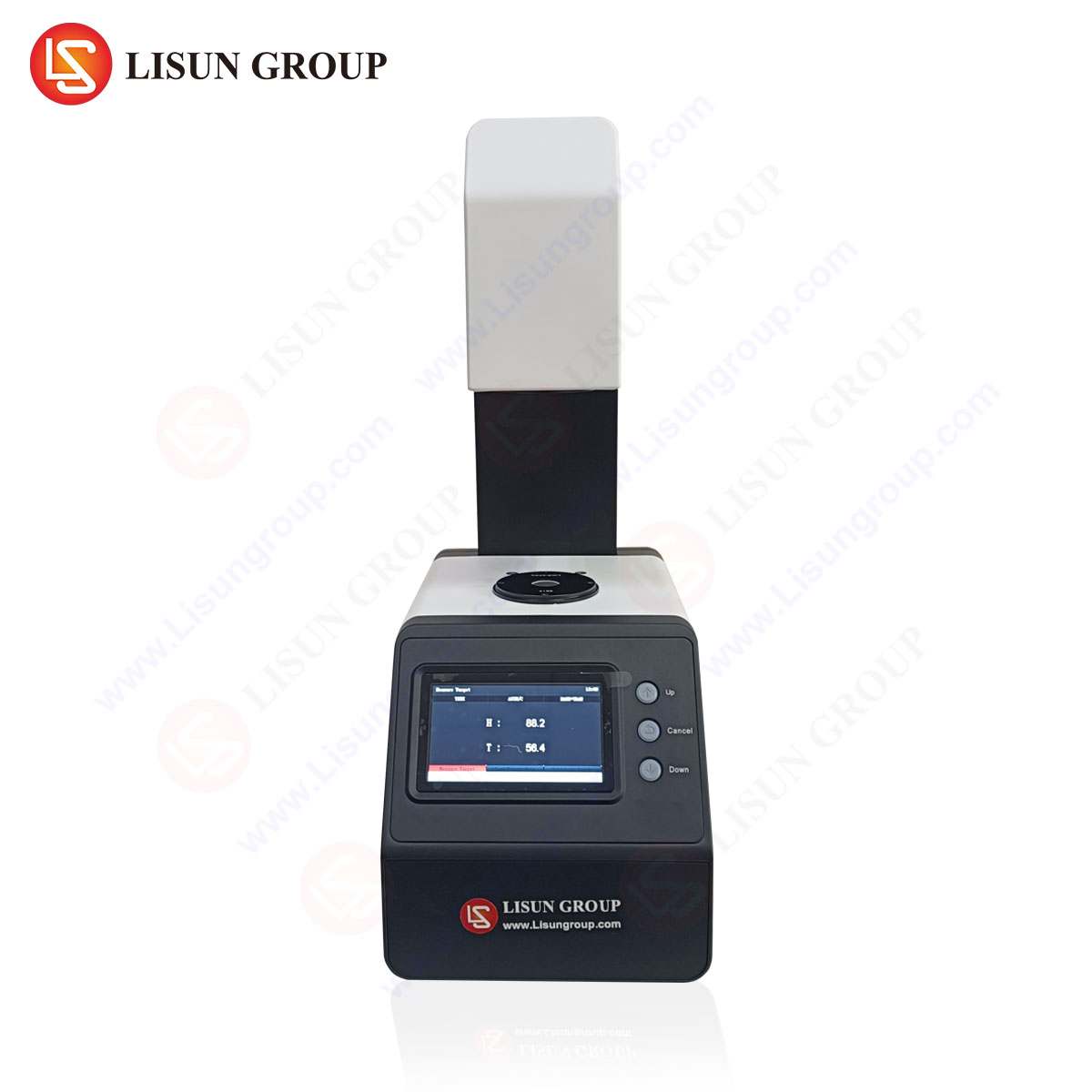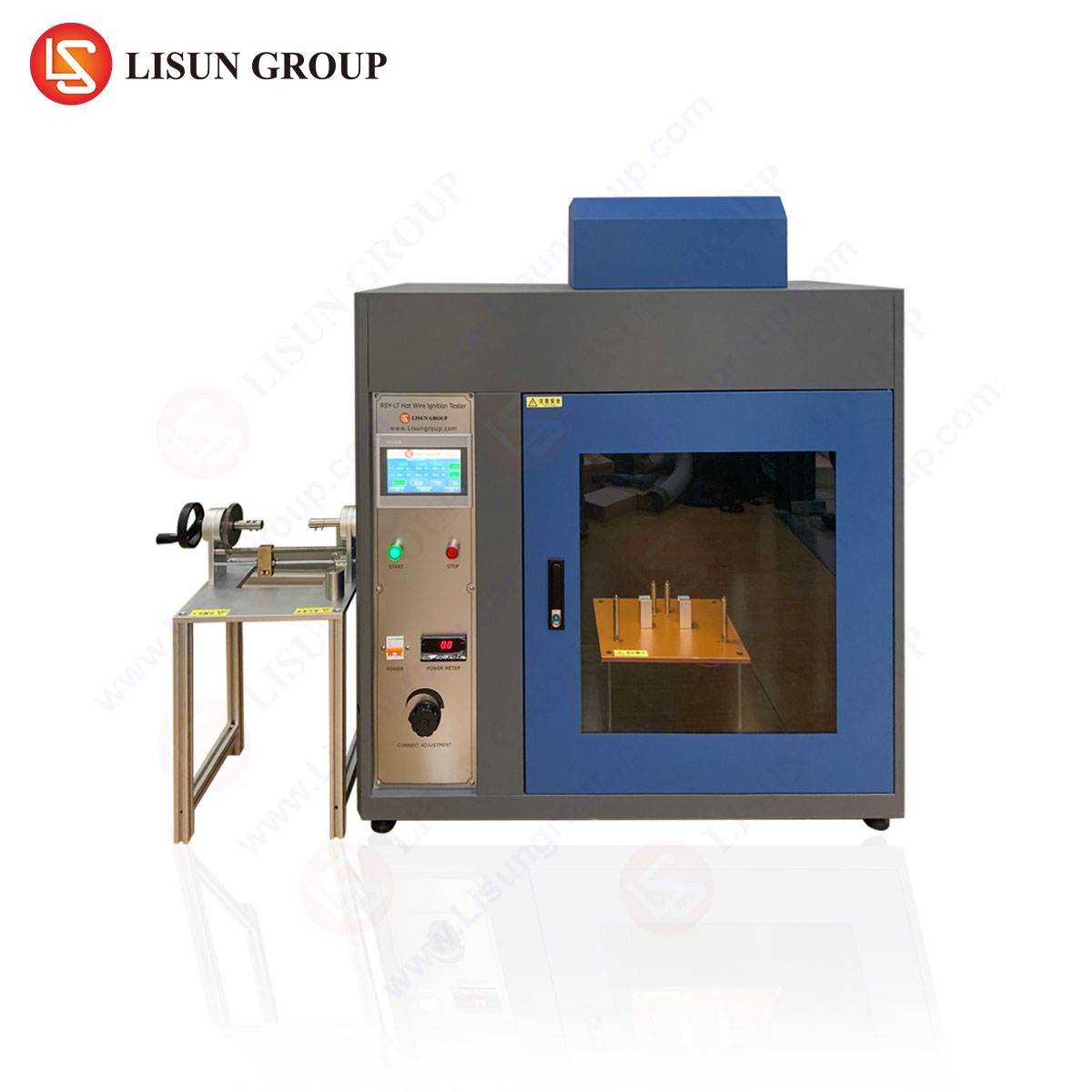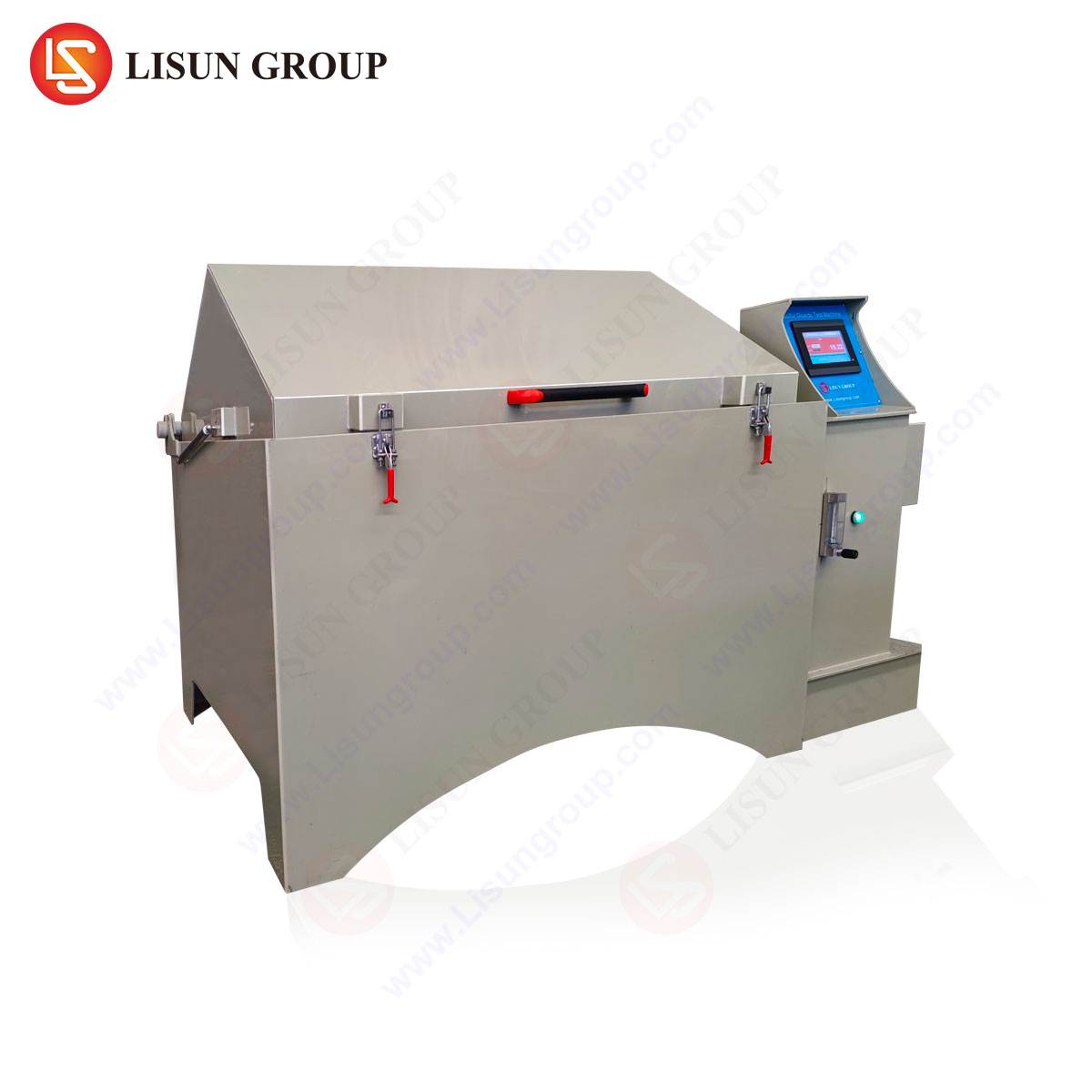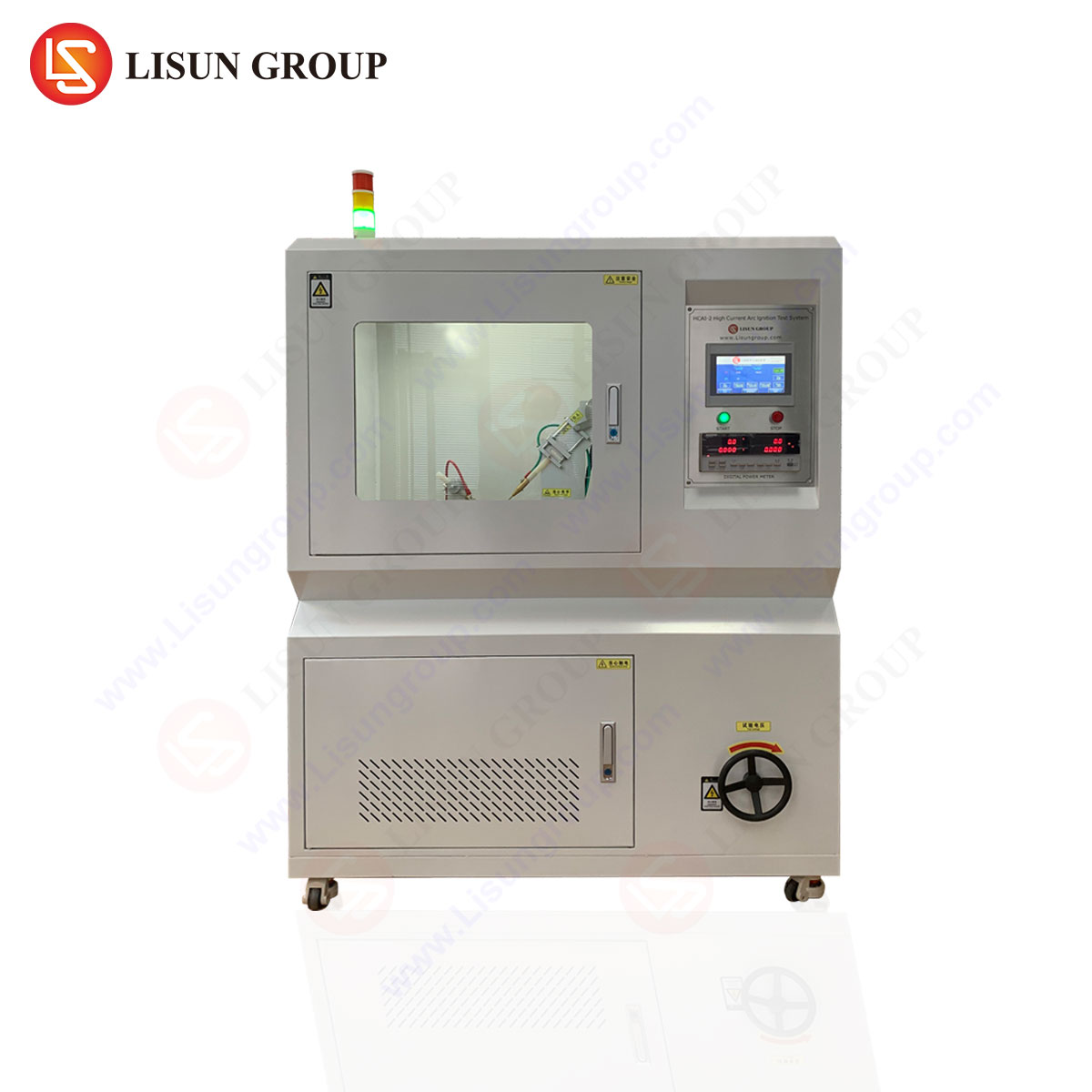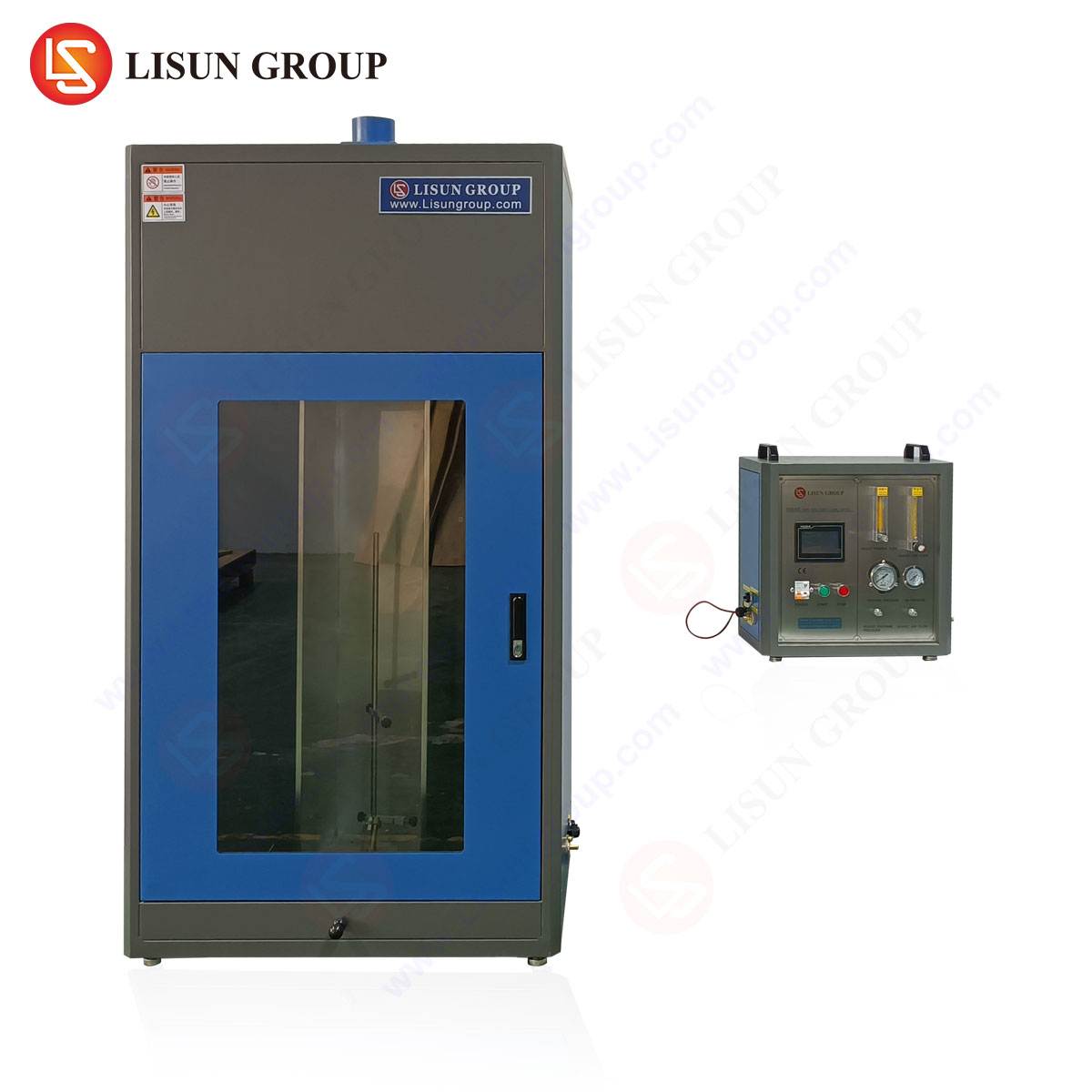Evaluating Material Durability Through Controlled Sulfur Dioxide Exposure
The relentless pursuit of product longevity and operational safety across numerous industrial sectors necessitates rigorous accelerated aging methodologies. Among the most chemically aggressive environments encountered in both urban and industrial settings is atmospheric pollution rich in sulfur dioxide (SO₂). This noxious gas, often a byproduct of fossil fuel combustion, rapidly accelerates the corrosion of metals and the degradation of polymeric materials and protective coatings. To simulate these deleterious conditions in a controlled, reproducible, and accelerated manner, the SO₂ Noxious Gas Corrosion Test Chamber has become an indispensable instrument in the quality assurance and research and development laboratories of manufacturers worldwide. These chambers provide critical predictive data on how materials and finished components will withstand corrosive atmospheres over their intended service life.
Fundamental Principles of Sulfur Dioxide Corrosion Testing
The underlying mechanism of SO₂ corrosion, primarily on metallic surfaces, is an electrochemical process accelerated by the presence of moisture. Sulfur dioxide dissolves in water to form sulfurous acid (H₂SO₃), a weak but corrosive acid that initiates the attack. This acid can further oxidize to sulfuric acid (H₂SO₄), significantly intensifying the corrosive effect. The entire process creates an electrolytic layer on the material’s surface, facilitating anodic and cathodic reactions that lead to metal dissolution and the formation of non-protective corrosion products.
An SO₂ test chamber artificially recreates and accelerates this natural process by maintaining a precisely controlled concentration of SO₂ gas within a sealed environment, coupled with elevated temperature and relative humidity. The standardized harsh conditions within the chamber force failure modes that might take years to manifest in the field to appear within days or weeks. The primary objectives of such testing are multifaceted: to qualify new materials or surface treatments, to compare the relative corrosion resistance of different products, to identify design flaws such as crevices or galvanic couples, and to verify compliance with international material and performance standards. The data derived is not merely about observing rust; it concerns the functional integrity of a component, including its electrical conductivity, mechanical strength, and aesthetic appearance.
Architectural and Functional Components of a Modern Test Chamber
A contemporary SO₂ Noxious Gas Corrosion Test Chamber, such as the LISUN SQ-010, is an engineered system comprising several integrated subsystems that work in concert to ensure precise and repeatable test conditions. The chamber’s interior is typically constructed from high-grade, corrosion-resistant polymers or laminated plastics, such as PTFE (Polytetrafluoroethylene), which are inherently inert to SO₂ attack, thereby preventing chamber degradation from influencing test results. The external housing is usually fabricated from reinforced steel with a corrosion-resistant coating.
The gas introduction system is a critical component. It features a regulated SO₂ gas supply, often from a compressed gas cylinder, connected to a precision mass flow controller or a metering pump. This allows for the accurate injection of a specific volume of SO₂ into the chamber to achieve the required concentration, typically expressed in parts per million by volume (ppmV) or as a volume percentage. An air circulation system, comprising a fan or blower, ensures a homogeneous distribution of the gas and temperature throughout the test volume, eliminating stratification and guaranteeing uniform exposure for all test specimens.
Temperature and humidity control are achieved through an integrated system. A heating element raises the internal air temperature, while a separate water reservoir is heated to produce saturated water vapor. The combination of these two systems allows for precise control over the chamber’s relative humidity, often maintained at a high level (e.g., 95% RH or above) to promote the formation of a continuous condensate film on the test samples. A sophisticated programmable logic controller (PLC) or microprocessor-based interface serves as the operational brain of the chamber, enabling users to set and monitor all parameters—temperature, humidity, SO₂ concentration, and test duration—and to store complex test profiles for future use.
Technical Specifications of the LISUN SQ-010 Sulfur Dioxide Test Chamber
The LISUN SQ-010 model exemplifies the technological advancements in this category of testing equipment. Its design prioritizes precision, user safety, and operational reliability, making it suitable for a wide array of industrial applications.
- Chamber Volume: The unit offers a standardized internal test volume, providing sufficient space for multiple test specimens or small assemblies to be evaluated simultaneously.
- Temperature Range: The chamber operates within a controlled ambient temperature range, typically from ambient +10°C to 50°C, with a uniformity of ±1°C.
- Humidity Range: It is capable of maintaining a high relative humidity, typically up to 98% RH, which is critical for creating the corrosive condensate.
- SO₂ Concentration: The system is designed to achieve and maintain a precise SO₂ concentration, commonly used at levels such as 0.1 to 1.0% volume, controllable via a precision flow meter.
- Gas Introduction: Utilizes a direct injection method with a metering system to ensure accurate and repeatable gas concentration for every test cycle.
- Construction: The inner chamber is constructed from imported PVCP (Polyvinyl Chloride Plastic) plate, which offers excellent resistance to thermal shock and corrosion. The outer shell is made of cold-rolled steel with a powder-coated finish.
- Control System: Features a user-friendly, programmable controller with a digital display for real-time monitoring of all test parameters. It includes safety features such as over-temperature protection, gas leak monitoring, and an independent safety thermostat.
- Compliance: The chamber is designed to meet the testing requirements of several international standards, including but not limited to IEC 60068-2-42, IEC 60068-2-43, ISO 3231, and ASTM G87.
Application Across Critical Industrial Sectors
The utility of the SO₂ corrosion test chamber spans a diverse spectrum of industries where electronic and electrical integrity is paramount.
In Automotive Electronics, components like Engine Control Units (ECUs), sensors, connectors, and wiring harnesses are tested for their ability to resist corrosion from exhaust gases and industrial atmospheres, preventing intermittent failures and short circuits. The Aerospace and Aviation Components sector uses these tests to validate the performance of avionics, communication system housings, and electrical connectors exposed to varying atmospheric conditions during ascent, descent, and ground operations. For Electrical Components such as switches, sockets, and circuit breakers, SO₂ testing ensures that corrosive films do not form on contact surfaces, which would lead to increased contact resistance, overheating, and ultimately, failure.
Telecommunications Equipment and Industrial Control Systems, often housed in outdoor cabinets, rely on these tests to certify that their internal printed circuit boards (PCBs), relay contacts, and terminal blocks will not succumb to corrosive attack, which could cause network outages or process control failures. The Lighting Fixtures industry, particularly for outdoor, automotive, and public infrastructure lighting, uses SO₂ chambers to test the resilience of metal housings, reflectors, and electrical ballasts against tarnishing and corrosion that could impair light output and safety. Medical Devices with electrical components, especially those used in home care or clinical environments with chemical exposures, must demonstrate resistance to corrosive gases to ensure patient safety and device reliability.
Furthermore, Consumer Electronics and Household Appliances with metal trim, connectors, or internal components are tested to guarantee they maintain functionality and appearance when used in coastal or urban environments with higher pollution levels. Cable and Wiring Systems are subjected to SO₂ tests to evaluate the durability of their insulation and jacketing materials, as well as the corrosion resistance of any metallic shielding.
Adherence to International Testing Standards and Protocols
Standardization is the cornerstone of reproducible and meaningful corrosion testing. The procedures conducted within an SO₂ chamber are not arbitrary but are strictly defined by internationally recognized standards. These standards specify every critical parameter, including gas concentration, temperature, humidity, test duration, and the method for evaluating results.
Key standards include:
- IEC 60068-2-42 / 43: International Electrotechnical Commission standards detailing tests Kc and Kd for sulfiding and SO₂ corrosion, respectively, primarily for contacts and connections.
- ISO 3231: An International Organization for Standardization standard pertaining to paints and varnishes, determining resistance to humid atmospheres containing SO₂.
- ASTM G87: A standard practice from ASTM International for conducting moist SO₂ tests.
- DIN 50018: A German standard for testing in a saturated atmosphere with SO₂ in the presence of condensate.
Adherence to these protocols ensures that test results are comparable across different laboratories and provide a valid benchmark for material selection and product qualification. The LISUN SQ-010 is explicitly engineered to facilitate testing in compliance with these and other relevant specifications.
Operational Workflow and Post-Test Analysis
A typical test cycle begins with the meticulous preparation of test specimens. They are cleaned to remove any contaminants, such as oils or fingerprints, that could skew the results. The specimens are then placed in the chamber on non-conductive, corrosion-resistant supports, ensuring they do not touch each other and are positioned to allow free circulation of the corrosive atmosphere.
The test profile is then initiated via the controller. A standard cycle might involve stabilizing the temperature and humidity to the target levels before introducing the SO₂ gas. Tests can run for a set number of hours, or for multiple cycles where the chamber may be purged and refilled. Throughout the test, the control system continuously logs environmental data.
Upon test completion, the specimens are carefully removed. A critical “recovery” period, as specified in the standards, is often observed, allowing corrosive deposits to stabilize before evaluation. Analysis is both quantitative and qualitative. It can include visual inspection against standardized corrosion scales (e.g., ASTM D610 for rust grade), measurement of mass loss, examination of pitting depth under a microscope, and, most importantly for electronic components, functional testing. For a connector, this would mean measuring its contact resistance; for a PCB, this would involve checking for current leakage or short circuits.
Strategic Advantages of the LISUN SQ-010 in Quality Assurance
The LISUN SQ-010 incorporates several design and functional features that provide distinct advantages in a production or laboratory setting. Its use of advanced polymeric materials for the inner chamber ensures long-term durability and eliminates a potential source of test contamination. The precision gas metering system guarantees that the corrosive environment is consistent from test to test, which is fundamental for reliable comparative analysis. The integration of a comprehensive safety system, including gas leak detection and over-temperature protection, safeguards both the operator and the laboratory environment from potential hazards associated with the use of noxious gas.
Furthermore, its adherence to multiple international standards makes it a versatile tool for companies operating in global markets, where product certification often requires compliance with specific regional norms. The programmability of the controller allows for the automation of complex, multi-stage test profiles, enhancing laboratory throughput and reducing the potential for operator error. In essence, the SQ-010 provides a controlled, accelerated, and standardized environment that enables engineers to make confident, data-driven decisions about material selection, design optimization, and product lifetime forecasting.
Frequently Asked Questions (FAQ)
Q1: How does the SO₂ test differ from a standard salt spray (fog) test?
While both are accelerated corrosion tests, they simulate different environments. The salt spray test (e.g., ASTM B117) primarily assesses resistance to chloride-induced corrosion, typical of marine or de-icing salt exposures. The SO₂ test, in contrast, simulates industrial or urban atmospheres polluted with sulfur oxides, which often leads to different corrosion mechanisms and products, making it more relevant for electrical contacts and specific industrial applications.
Q2: What is the typical concentration of SO₂ gas used in a standard test, and how is it controlled?
Concentrations are defined by the relevant testing standard. Common levels range from 0.1% to 1.0% by volume. In the LISUN SQ-010, this is controlled via a precision flow meter that regulates the injection of pure SO₂ gas from a cylinder into the sealed chamber volume, ensuring a highly accurate and repeatable concentration for the duration of the test.
Q3: Can the chamber test assembled products with both metallic and non-metallic components?
Yes, this is a common and highly valuable application. Testing assembled units, such as a sealed control module or a connector assembly, can reveal failure points that would not be apparent from testing individual materials. This includes the ingress of corrosive gas through seals, galvanic corrosion between dissimilar metals, and the effects of corrosion on the electrical function of the entire assembly.
Q4: What safety measures are in place for handling the toxic SO₂ gas?
Modern chambers like the SQ-010 incorporate multiple safety features. These typically include a built-in gas leak detection sensor that triggers an alarm, an automatic safety exhaust system to vent the chamber in case of an emergency, and an activated carbon filter or neutralization system in the exhaust line to scrub the SO₂ from the expelled air, protecting the laboratory environment.


